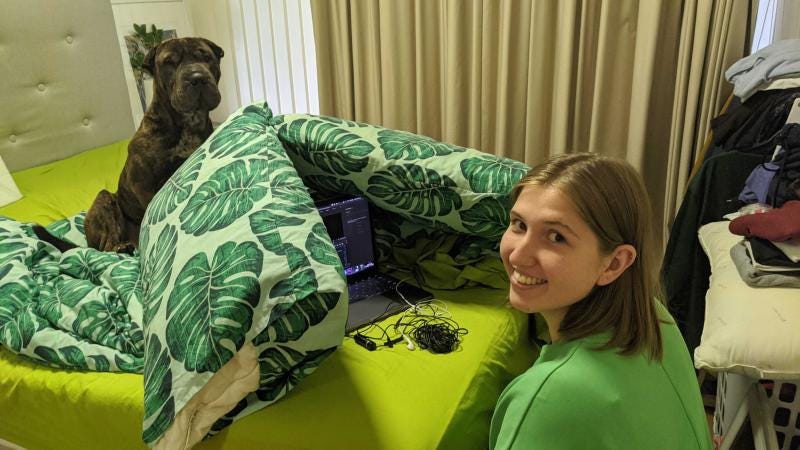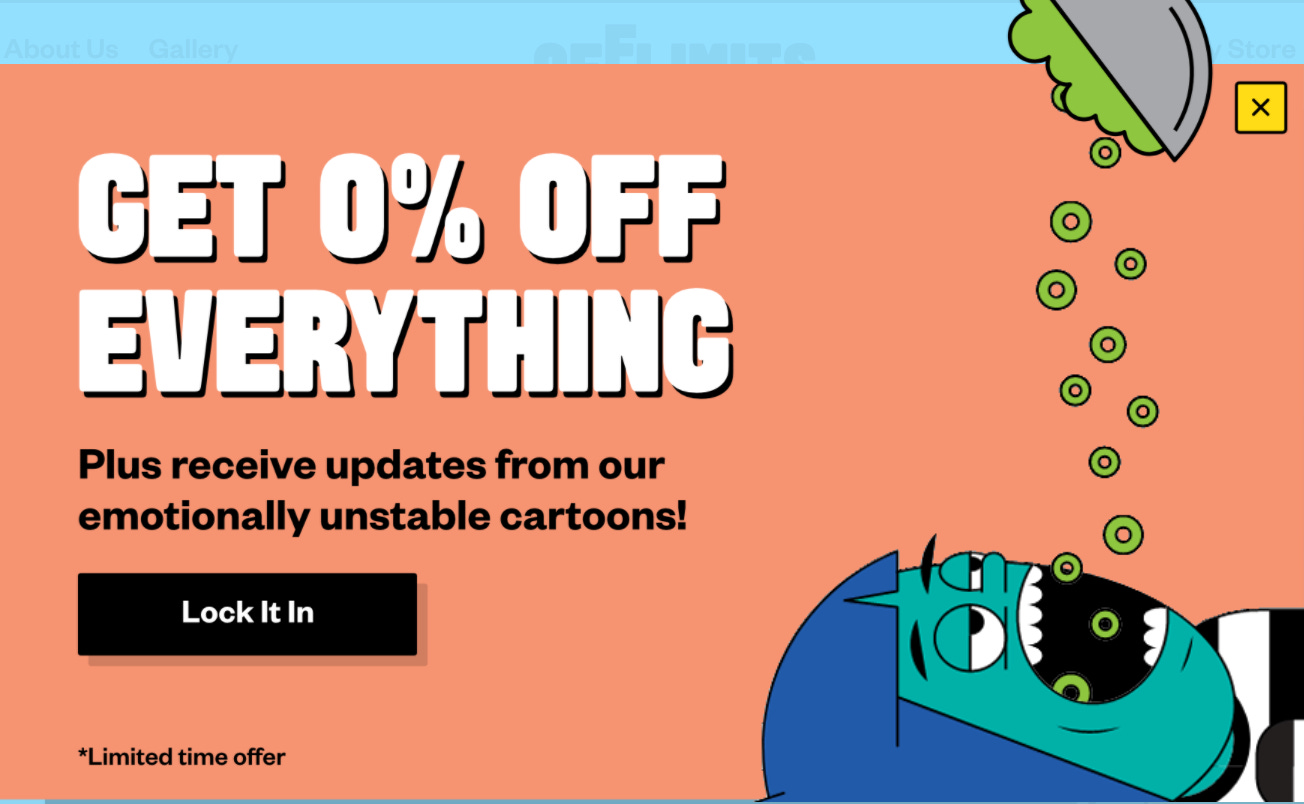Tips for DIYing your video/audio
A 'marketers many hats' special
Mehdeeka covers B2B, SaaS, and startup/tech marketing. Check out the previous issue; my hot takes on a few topics. Help me grow Mehdeeka by sharing it with a friend or colleague!
Inspired by this op-ed, which in my opinion is fine but doesn’t address the actual making of video ads, here are my own tips and product recommendations for all your video needs.
And good timing too - I have been recording and voice-overing product walkthroughs and how-tos this week! So just know that if you’re going through this and thinking “this is not my job, and I am not a video editor”, literally same.
Audio quality matters. If you can’t afford a professional voice over artist (I have used one in the past and it cost about $600; you pay for the studio hire time not necessarily the output so I recommend doing alllll your voice overs at once rather than releasing a video here and there) then spend $77 on this lapel mic from JB Hi-Fi.
I originally bought a lapel mic (not this exact one but a similar one that’s no longer sold) for when I was filming interview videos, but I use it for whenever I need to record voice overs and I’ve never had a problem with it.
There’s a noticable difference between audio recorded on your laptop/phone and audio recorded on an external mic. Make the investment.How to record that audio? I build a pillow fort in my bedroom and basically cocoon myself in there to get as much sound proofing as possible. Echos are caused by large, open spaces with hard surfaces so you want a small room with lots of fabrics - it’s why you often see recording studios with hideous old rugs in them, they’re cheap sound proofing.
Here’s my pillowfort.
Speak confidently and pause between every sentence. You don’t have to get a one-take of perfect voice over, just go sentence by sentence, pause for 2 seconds between each one, and that way you can stitch together your best takes and don’t need to stress about getting it perfect from start to finish.
You will need to get over hearing your own voice, but you will eventually get over it.This is a big one but you will need to learn a video editing software. I use Adobe Premiere Pro, I’m completely self taught on it, and there are heaps of really helpful Youtube tutorials for anything you might need. I find the hardest thing is finding out what the name of the edit or technique is so that you can find the correct answer to your question.
In saying that, you do not need to use Adobe if you don’t want to. For my day job I have the full Adobe suite so it just makes sense - but I do have a colleague in the UK team who is a full time video editor (why am I editing videos in Australia then? I cannot answer you that) and does not use Adobe, he uses Final Cut Pro and Motion (important to note both are Mac).But where you can, hire a professional. I am not an advocate for using overseas labor at $5 an hour - get someone local who you can work closely with. If you are not a director, telling someone what you want and having it come back the first time around exactly how you want it is not going to happen.
Watching the video together and giving feedback as you see it is a good way to get your “sense” feedback out, and then a more thorough solo watch with written feedback (and time stamps!!!!) is the best way to get through rounds of edits.
It’s so important to acknowledge how much work goes into making something look like it wasn’t work at all.
If you’ve hired a good video editor, you’ll should be doubting whether they’re working at all because the end product is that smooth.Last tip! When doing screen recordings, move your mouse very slowly. Don’t speed through. Every time you click a button, take your hand off the mouse and wait for everything to be 100% loaded before you move the mouse again. This way you can edit out the loading time but your mouse doesn’t jump around and it all looks seamless and instant.
If you found these tips helpful, say thanks by sending a donation or using this link to sign up to Buy Me A Coffee (I’ll get a referral).
Why am I putting this here? It’s part of my year of being selfish when it comes to my work. Read more about that here, and I encourage you to start being more selfish as well!
Links links links
Axios revealed a lot of info about Twitter, their suscription products, and revenue. The interesting thing to note is that 85% of the ads on Twitter are for brand, not performance. So if you’ve tested performance ads on Twitter and had crappy results, you’re not alone.
We’ve all heard about Clubhouse, but Tom Terado (who I once did a hackathon with) had a unique take on it that I found interesting over on his substack, Snake plant.
Stanford has done a study into Zoom fatigure and identified four causes of it - with some actionable tips on how to reduce/prevent it.
Ok since today’s issue was all about video which is more on the creative side, here are some fun and creative links! WBYK is the design duo that does Black Bird’s design work. You’ll recognise the Giants and Sunrise conference work for sure.
YOASOBI is a Japanese band (duo?) that I really enjoy (upbeat, hopeful, and a bit jazzy), and they participated in a Japanese music channel called The First Take which is basically just studio performances but the musicians only get one take. They brought a whole choir in for this performance so it’s just 10/10 and I highly recommend giving them a listen on Spotify if you enjoy this! There’s subtitles if you’d like to see the translation of the lyrics too. There’s a bit of banter in the beginning so skip to ~40 seconds if you’re impatient.
Off Limits is a D2C cereal provider, but with each box you buy you get a ‘token’ to use on their website’s arcade game. You can win merch, and it’s just a great example of mixing on with offline! And here’s their newsletter popup:
And last up, a group of book cover designers at Penguin talked about the process of designing a book cover, and the difference between what they think will get published vs what ends up on the final result (with lots of images and references)



